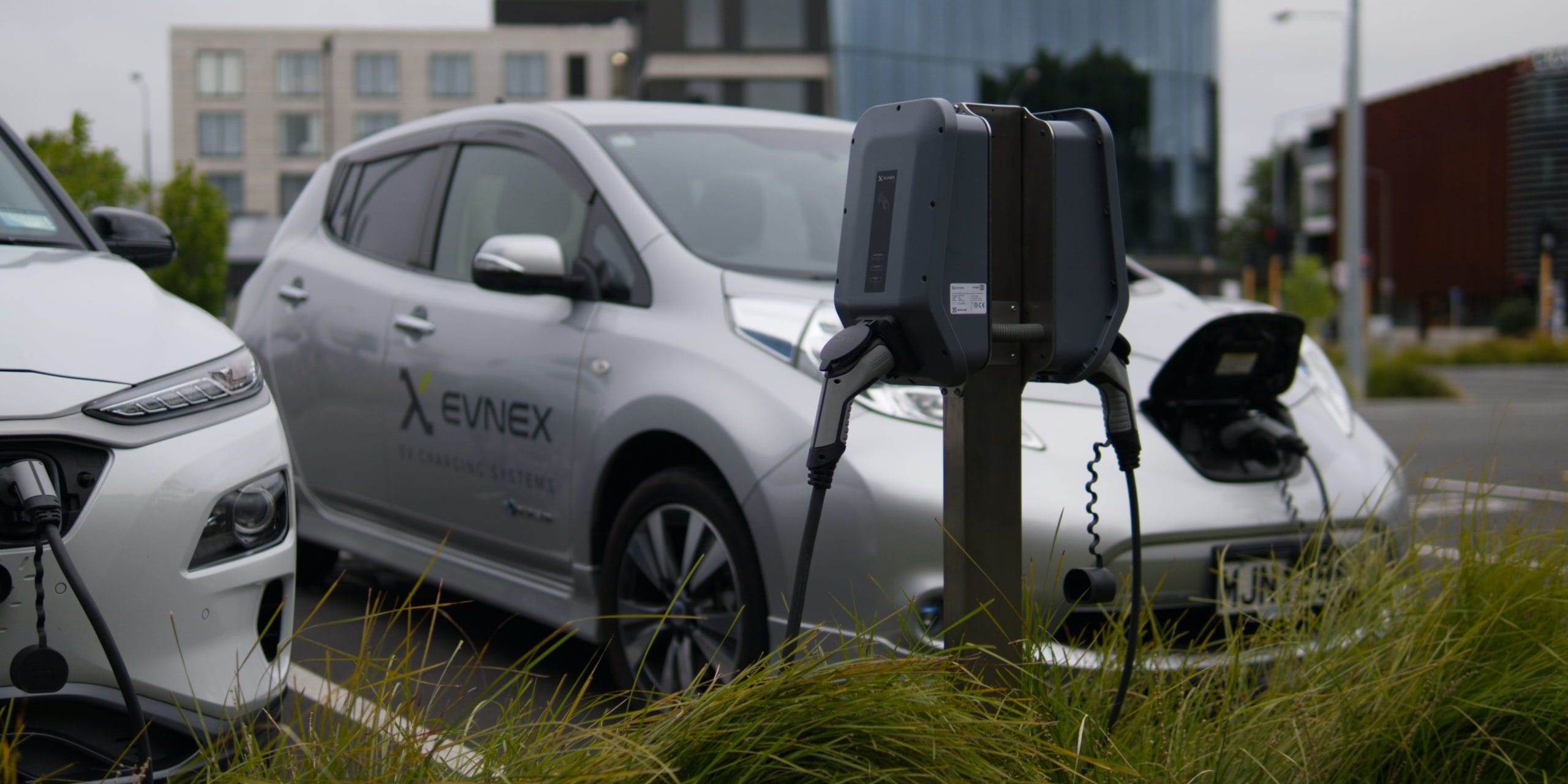- Home
- About us
- Products
- Dealer Enquiry
- Blog
- Contact Us
- Home
- About us
- Products
- Dealer Enquiry
- Contact Us
- 044 -2486 1994
- +91 99623 98222
- sales@nantech.in
- REQUEST A QUOTE

2021 has brought us great news! The Automobile Giant and Electric Vehicles (EV) market leader Tesla is set to begin operations soon in India, after their initial set up in Bangalore earlier this year. What’s more, we can expect Tesla to enter Chennai as early as March!
This is great since we can now expect many traditional gas stations to have an EV booth or separate charging stations to pop up. What’s more, we will also have EV charging outlets in houses and Garages. With EVs being the future, we must talk about the charger, which isn’t given much attention.
Now EV chargers are of two types – Level 1 and Level 2, depending on the power output. The classifier here is that:
Some Automotive companies like Tesla offer a 1/2 charger, which can be used for both, but customers usually use Level 2 chargers in their charging stations. The reason is that with a higher voltage comes higher power delivery, and hence quicker charging times.
Now that you know this, A few things that you need to consider are the following:
Once you have considered these, we now move on to the checklist you need to tick-off in order to buy the right charger for your EV charging needs. With Chennai’s tropical climate, we suggest you look for a solar panel-inverter charging station that will complete your green setup!
A Level 2 charger can support an AC input from anywhere between 16-80 amps. We suggest not under-invest and buy a right charging dock. Today’s EVs can sustain 16 amps, but future requirements might increase, so ideally, invest in a 32 amp dock.
A typical 16 ft. cable is too small. Instead, we recommend that your cable length is at least 20 ft., with 24-25 ft. being ideal.
Being a new market, many cables may not have undergone proper certification. We recommend that you buy from a brand that is safety certified by an established agency. Since these devices deliver high amounts of power and for a typically long duration of time, you want your security to be uncompromised. A safety certification rests all doubts, though it’s not necessary.
Typically, two types of installations can be done:
Hardwired:
where one end of the cable is hardwired to the charging dock.
Plug-In:
The cable can be plugged in on both sides and detached when the job is done/not in use.
Plug-in cables can be used for a setup of up to 40 amps, beyond which it must be hardwired.
We hope that this guide helps you choose the best EV Charger to prepare for EV Chennai's future! Please Check us out at Nantech to find the best and quickest solution for your needs!
Aspects To Consider While Purchasing An EV Charger
POWER SOURCE OF THE FUTURE
Battery Swapping- The Promising Future of EV
Does Your EV Charging Station Have These Amenities?
Modular UPS Versus Conventional UPS: Differences Decoded
Uncovering the Game-Changing Benefits of Modular UPS Systems
Maximising Inverter Battery Performance: Key Factors to Consider